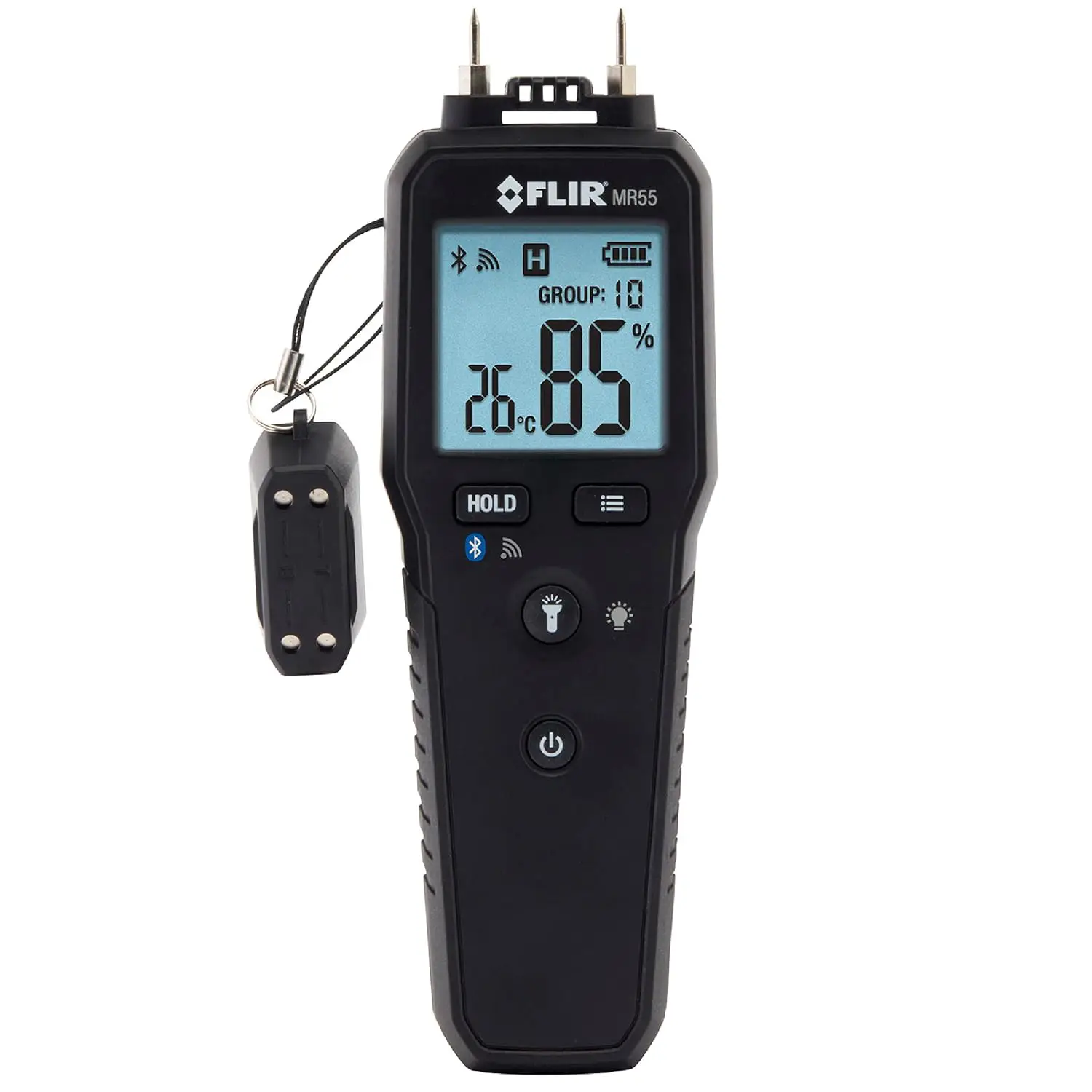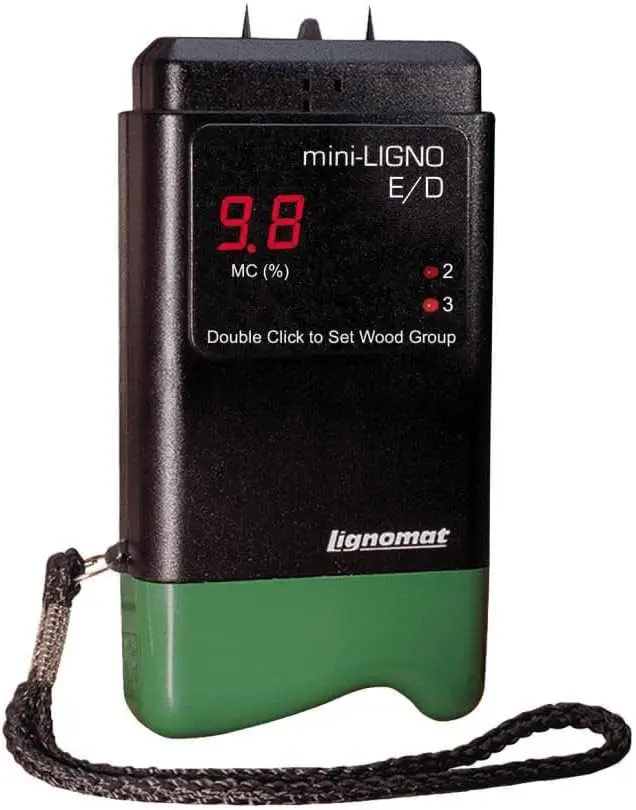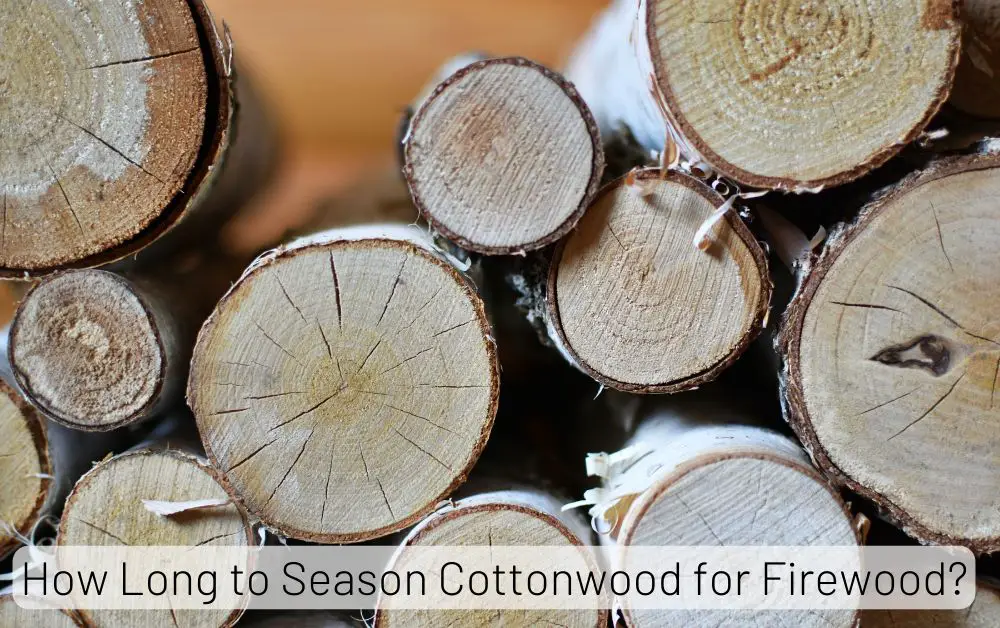Ever tried burning wet firewood, only to be frustrated by excessive smoke and poor heat output? That’s because moisture content plays a crucial role in the efficiency and safety of wood burning. Knowing about moisture content of firewood is essential.
Whether you’re using a wood stove, fireplace, or outdoor fire pit, understanding the moisture percentage in your firewood is essential for achieving the best results.
What is Firewood Moisture Content?
Firewood Moisture Content refers to the percentage of water present within the wood. Freshly cut wood, known as green wood, can contain 30% to 60% moisture depending on the tree species.
As wood dries, or “seasons,” its moisture level decreases, making it more suitable for burning.
Moisture Content (%)
Why Moisture Content Matters in Firewood
Wood with high moisture content burns poorly, producing a lot of smoke and minimal heat. Additionally, burning wet firewood can lead to a buildup of creosote (a sticky substance) in chimneys, increasing the risk of chimney fires.
That’s why knowing the difference between green and seasoned wood matters.
Moisture Content of Firewood Chart
| Firewood Type | Green Moisture Content (%) | Seasoned Moisture Content (%) |
|---|---|---|
| Ash | 35-40 | 12-20 |
| Beech | 70-80 | 30-45 |
| Black Locust | 40-50 | 20-27 |
| Cedar | 45-55 | 15-20 |
| Cherry | 55-70 | 10-15 |
| Douglas Fir | 45-55 | 13-18 |
| Elm | 40-50 | 15-20 |
| Hickory | 40-60 | 20-25 |
| Maple | 40-45 | 15-17 |
| Oak | 75-80 | 20-26 |
| Pine | 45-60 | 10-15 |
| Poplar | 50-60 | 21-33 |
| Spruce | 50-60 | 10-12.5 |
| Sycamore | 35-50 | 15-20 |
| Walnut | 70-80 | 25-28 |
| Alder | 50-60 | 14-17 |
| Ironwood | 12-20 | 0-5 |
| Sassafras | 25-30 | 10-12 |
| Chestnut | 40-57 | 12-20 |
| Larch | 45-55 | 15-17 |
| Hemlock | 31-35 | 13-15 |
| Cypress | 30-45 | 11-12 |
| Juniper | 40-45 | 15-19 |
| Tamarack | 50-60 | 10-12 |
| Yew | 25-35 | 15-20 |
| Redwood | 45-55 | 18-22 |
| Blue Spruce | 35-38 | 22-25 |
| Balsam Fir | 60-66 | 3-8 |
| Cottonwood | 63-70 | 12-18 |
| Sweetgum | 33-42 | 10-12 |
| Boxelder | 45-50 | 18-20 |
| Black Gum | 37-52 | 9-12 |
| Maple | 42-45 | 10-15 |
| Osage Orange | 30-33 | 14-16 |
| Hackberry | 60-64 | 17-20 |
Premium Pick
FLIR MR55 – Pin Moisture Meter with Bluetooth

Best Value
mini-Ligno E/D moisture meter pin type moisture meter.

How to Measure Firewood Moisture Content
A moisture meter is a reliable tool to quickly measure the water content in firewood. Just insert the prongs into the wood, and it will display the moisture percentage. Recommended Top 5 Firewood Moisture Meters.
Alternatively, you can estimate moisture content by splitting the wood and checking for dampness inside or by weighing a piece to compare its weight over time.
Ideal Moisture Level for Firewood
Over 20%: The wood is too wet, making it inefficient and causing problems like excessive smoke and soot buildup.
Below 20%: This is considered optimal for burning. Firewood at this moisture level lights quickly, burns efficiently, and produces minimal smoke.
How to Properly Season Firewood
Seasoning firewood involves drying it out to reduce the moisture content, making it efficient for burning. Properly seasoned wood burns hotter, produces less smoke, and minimizes creosote buildup in your chimney. Here’s how to do it the right way:
Step 1: Cut the Wood to Proper Length
- Ideal Length: Logs should be 16 to 18 inches long to fit most fireplaces or stoves.
- Splitting Logs: Split the logs to expose more surface area, which allows moisture to escape faster. Thicker logs take much longer to dry.
Step 2: Choose the Right Location
- Airflow: Stack wood in an open area where wind can circulate around the pile. Good airflow speeds up the drying process.
- Sunlight: Place the woodpile in a sunny spot since exposure to sunlight accelerates moisture evaporation.
Step 3: Elevate the Wood
- Use pallets, logs, or a wood rack to lift the woodpile off the ground. This prevents moisture from the soil from seeping into the wood and allows airflow underneath the stack.
Step 4: Stack the Wood Properly
- Loose Stacking: Stack the wood loosely to promote air circulation between the logs. Tight stacking traps moisture.
- Cross Stacking: Alternate the direction of each layer (crisscross stacking) for extra stability and airflow.
Step 5: Cover the Top Only
- Leave the Sides Exposed: Covering the sides can trap moisture, so use a tarp or cover only the top to protect from rain.
- Use a Roofed Shed: If possible, store the wood under a roof with open sides for maximum ventilation.
Step 6: Allow Enough Time to Dry
- Softwood: Typically takes 6 to 12 months to season properly (e.g., pine or fir).
- Hardwood: Can take 12 to 24 months (e.g., oak, hickory).
Step 7: Check Moisture Content Before Use
- Use a Moisture Meter: Insert the prongs into the center of a split log. The ideal moisture content is below 20%.
- Visual Signs: Properly seasoned wood is lighter in weight, has cracks at the ends, and makes a hollow sound when tapped together.
Bonus Tips for Faster Seasoning
- Use Smaller Pieces: Split logs smaller to speed up drying.
- Rotate the Stack: If wood is stored for a long time, rotate the stack occasionally to ensure even drying.
- Avoid Green Wood: Freshly cut wood (green wood) contains high moisture and should never be burned until fully seasoned.
Signs Your Firewood is Ready to Burn
Look for these signs to determine if your firewood is fully seasoned:
- Crackling sound when two logs hit each other.
- Weight loss compared to freshly cut wood.
- Visible cracks and a darker, aged appearance.
Effects of Burning Wet Firewood
Burning firewood that hasn’t been properly dried can cause a host of issues:
- Excessive smoke that pollutes the air.
- Poor heat output requiring more fuel.
- Creosote buildup in the chimney, leading to fire hazards.
Benefits of Using Seasoned Firewood
When you use seasoned firewood, you benefit from:
- Higher energy efficiency, meaning more heat for less wood.
- Cleaner burns with minimal smoke.
- Safer fires with reduced creosote buildup.
How Long Does It Take to Season Firewood?
On average, it takes 6 to 12 months to properly season firewood.
The time required to season firewood depends on Tree species (hardwoods take longer than softwoods), Weather conditions (hot, dry climates speed up drying), Storage method (stacking technique and ventilation).
Tips for Speeding Up the Seasoning Process
- Split wood into smaller pieces for faster drying.
- Store wood in a sunny, well-ventilated area.
- Rotate stacks to ensure even drying throughout the pile.
FAQs
What is the best moisture level for burning firewood?
The ideal moisture content is between 15% and 25% for efficient burning.
Can I burn green wood in an emergency?
Yes, but expect poor heat output and excessive smoke
How do I know if my firewood is fully seasoned?
Check for cracks, light weight, and a crackling sound when logs are struck together.
How often should I check firewood moisture levels?
It’s best to check a few weeks before use to ensure it’s dry enough.
How long should firewood be seasoned before burning?
Most firewood needs at least 6-12 months to season properly, depending on species and conditions.
Affiliate Disclosure: Fireplaceadviser.com is a participant in the Amazon Services LLC Associates Program. We may earn a commission when you click on certain links on this site and purchase.

Hello!! I am Jamal Khan. I often fix my home electric heaters and gas stove problems and research the common issues in the heating units to improve my knowledge and expertise. The aim of establishing fireplaceadviser.com is to share my expertise and knowledge with my audience.


















